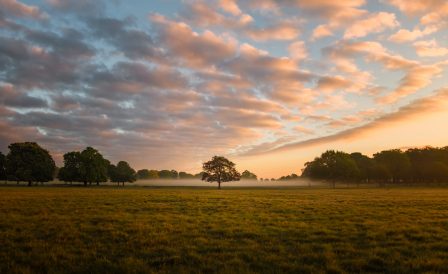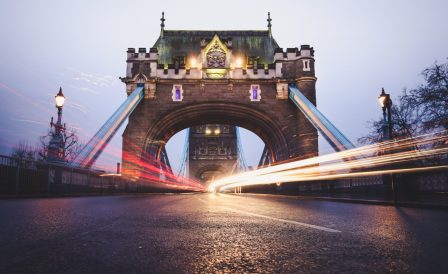The UK is a fascinating country with a unique green village spirit and the many contrasts in historic cities. It’s a land of endless world-famous landmarks and outstanding people. From a tourist favourite that is older than the pyramids — Stonehenge — and two of the most famous ancient universities, Oxford and Cambridge, to the first billionaire author, J.K. Rowling, who sold more than 400 million copies worldwide. The country is rightfully considered glorious in many areas of life. The coasts of United Kingdom are known for their stunning winding routes and landscapes, from cliff tops to golden sandy beaches. England alone boasts over 60 Blue Ribbon beaches. From the rugged highlands of Scotland to the wide turquoise bays of Cornwall, there is something for everyone in this country.
London and Edinburgh are among the most visited cities in United Kingdom. But beyond their borders, there are not only cities but also small villages that have carried their unique identity throughout the centuries. The area of United Kingdom is small compared to some countries, but in total, there are 69 official cities: 51 in England, seven in Scotland, six in Wales and five in Northern Ireland. Many people come to the UK to settle in London with its big-city bustle, but some of the best places to live are outside the capital. Living outside London opens up a whole new world. The cost of living in the UK is significantly cheaper outside the capital. At the same time, the British countryside will leave no one indifferent, and the charming, more compact cities will delight you with their unique energy and personality.
If you’re looking for the best accommodation options for students, QS World University Rankings has compiled a list of the best student cities in the world. United Kingdom once again took first place, with London as the leader among its cities.
Read also about the ten most populous cities
Top 10 cities with at least two universities included in the QS World University Rankings 2020:
- London
- Edinburgh
- Manchester
- Glasgow
- Coventry
- Nottingham
- Birmingham
- Newcastle upon Tyne
- Aberdeen
- Brighton
Let’s get to know the cities of the United Kingdom. In this article, we will take a closer look at:
- London
- Edinburgh
- Manchester
- Birmingham
- Glasgow
- Bristol
- Oxford
- Cardiff
- Belfast
- Brighton
- Leeds
- Reading
- Cambridge
- Nottingham
- Coventry
- Aberdeen
- Newcastle
London
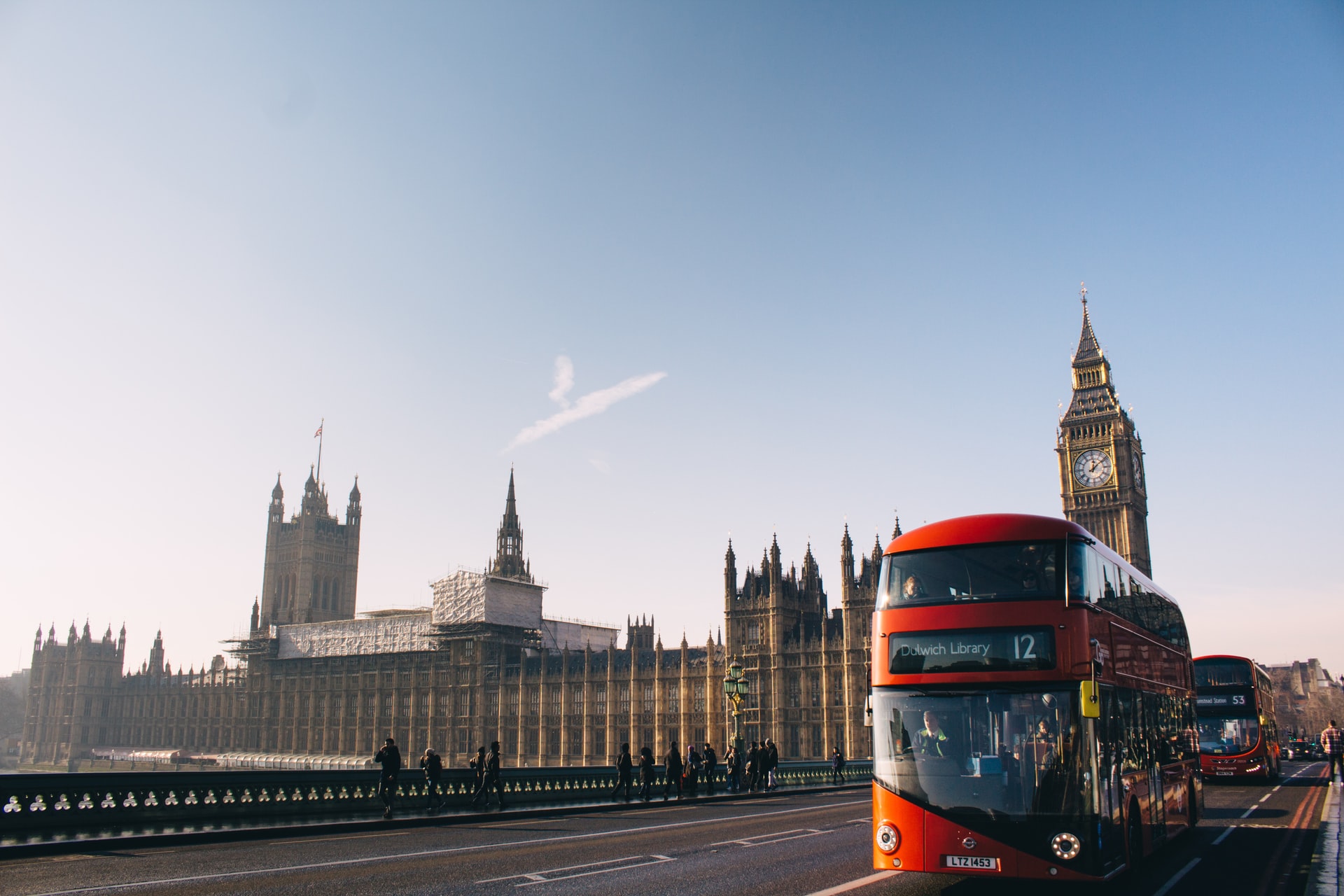
The capital of United Kingdom, which has established itself as one of the greatest cities in the world, not only as a world centre for theatrical arts, music, literature and culture but also as a city of colourful markets, large shops, green parks and a multicultural environment. It combines historical splendour and modernity that runs in step with the times. World-famous icons of the country are located here: the parliament building, Big Ben, the Tower of London, Westminster Abbey and the British Museum. The city is home to world-class culture, leading fashion houses and surprisingly innovative cuisine. The city’s transport system is recognised as one of the best in the world.
London is home to 12 per cent of the UK population, with about nine million inhabitants. They speak 300 different languages. The 2011 census recorded that 2,998,264 people, or 36.7 per cent of London’s population, were born abroad, giving London the second highest immigrant population after New York City in absolute terms. London is the gateway to the continent and welcomes over 25 million visitors a year.
Edinburgh
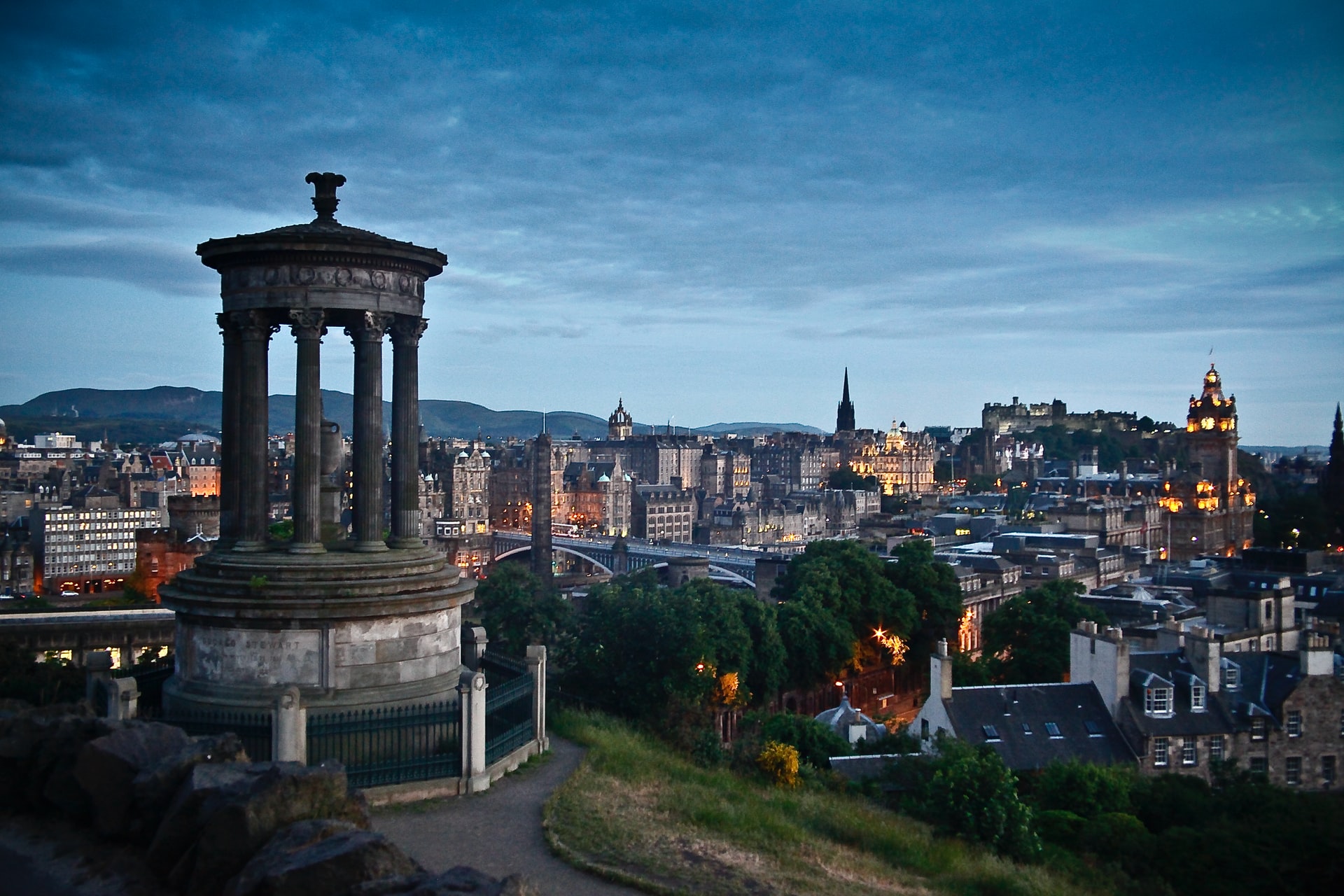
Scotland’s cosmopolitan capital, perched above an ancient volcano, is one of the most beautiful cities in the UK. Edinburgh combines the youthful and modern spirit of a university city with a historic and dramatic setting. Here you will find unique ancient architecture, the world’s largest art festival and the 1,000-year-old Edinburgh Castle, perched high on a rocky cliff in the heart of the city. The castle is surrounded by the atmospheric Old Town and the elegant New Town of the Georgian era. Living in New Town can be expensive. However, there are many more affordable neighbourhoods to choose from. Marchmont and Bransfield offer space for a quiet family life close to the centre. Alternatively, why not live near the beach? Edinburgh’s trendy coastal Portobello district is just a short bus ride from the centre.
About half a million people live in Edinburgh, including more than 62,000 university students. At least 13 million people visit the city every year. During the main festival month of August, Edinburgh’s population increases by over a million, making it temporarily the second-largest city in the UK. Edinburgh has the strongest economy of any city in the United Kingdom outside London and the highest percentage of professionals in the UK: 43 per cent of the population holds an academic degree or professional qualification. According to the Centre for International Competitiveness, it is the most competitive major city in the United Kingdom. It was named the best major city in Europe of the future in terms of foreign direct investment and the best major city in terms of foreign direct investment strategy by the Financial Times magazine in 2012/13. Banking has been the backbone of Edinburgh’s economy for over 300 years, since the founding of the Bank of Scotland. Today, it is dominated by the financial services industry with its particularly strong insurance and investment sectors.
Manchester

Manchester is often referred to as the first modern city. It was the world’s cotton capital and the cradle of the industrial revolution. The Lake District of England is home to breathtaking architecture, theatres, museums and a diverse student-backed music scene. The city is known not only for its industrial past but also for its musical heritage. In addition, Manchester is the football capital, so attending a match and visiting the legendary Etiham and Old Trafford stadiums are a must for football fans. The city is a mix of old and new, from its Victorian town hall to the sparkling Salford waterfront. Outside the city is the large Peak District National Park. In the centre of Manchester, you can find many high-rise buildings in the Deansgate area. According to KPMG reports, Manchester is the most accessible city in Europe, scoring slightly better than Rotterdam and Amsterdam in the Netherlands.
Manchester is home to more multimillionaires than anywhere outside London. According to the 2019 Real Estate Investment Survey, Manchester is ranked # 2 as the Best Destinations for Real Estate Investment in the UK. Green suburbs such as Whitington and West Didsbury offer affordable housing within easy reach of the city. More than 37,000 students study here. The City University of Manchester is the largest in the United Kingdom in terms of area and one of the most popular among applicants in the country. There are 25 Nobel laureates among the current and former students and employees of the famous University of Manchester.
Birmingham
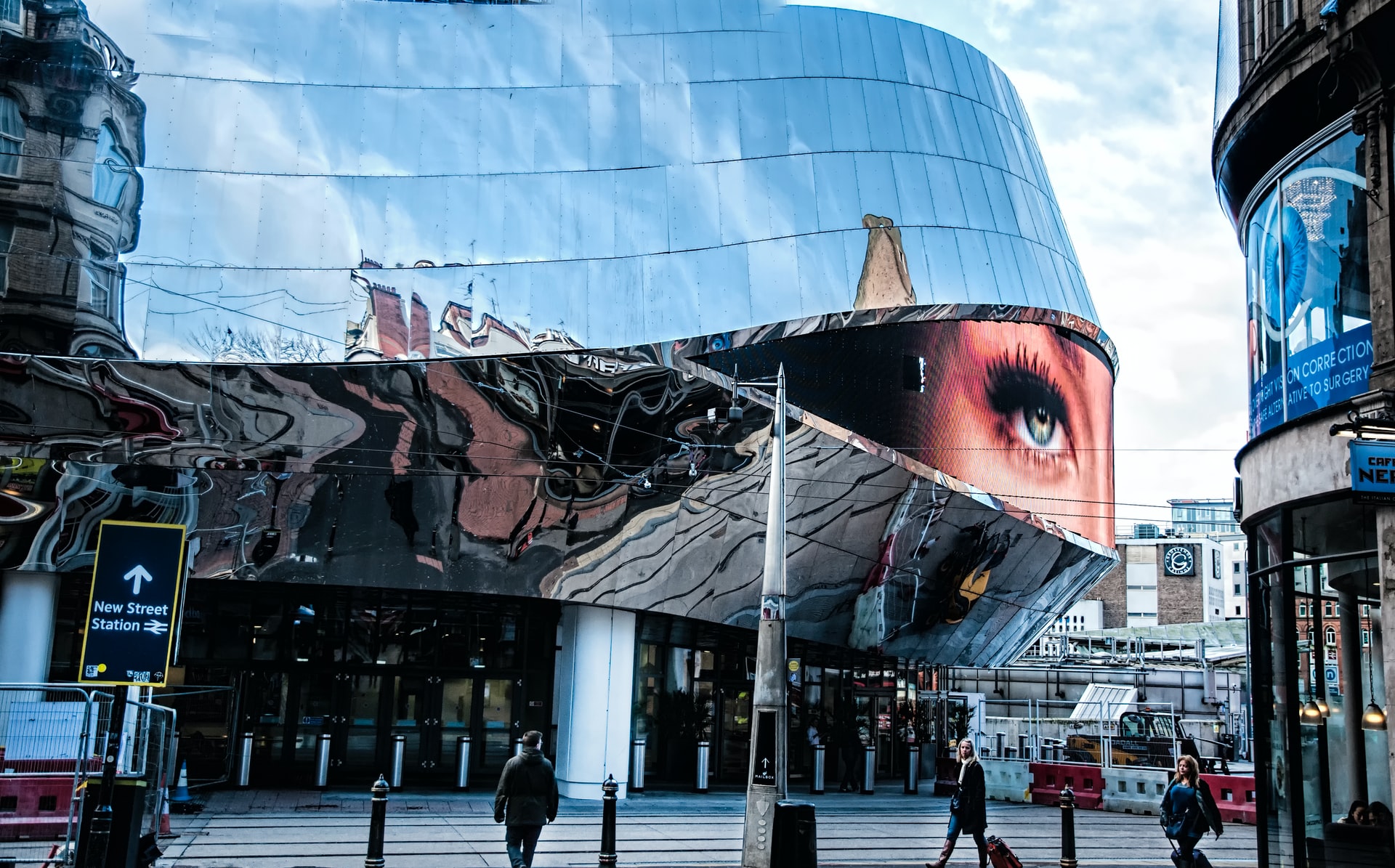
The heart of the British automotive industry. With a population of over a million, Birmingham is the second-largest city in the UK. It is a lively, multi-ethnic place with a vibrant arts and music environment and some of England’s finest shopping. The company’s first outside London is housed in an ultra-modern building that looks like a newly-landed object from space. Despite being the second-largest city in the UK, Birmingham is not among the top picks for those moving to the UK. It is a bustling, multicultural mix of museums, shops and restaurants on the banks of a canal. As the locals say, the city has more kilometres of canals than Venice.
Birmingham has many affordable places to stay, from the verdant Edgbaston and Harborne to scenic Bournville. Thanks to its location in the heart of the UK, Birmingham is also within easy reach of many of the countrysides, including Cannock Chase and Malvern Hills.
Birmingham became known as a manufacturing and engineering centre. The Armory District is an area of the city that has been the centre of the world arms industry for many years. The first registered arms manufacturer in Birmingham was in 1630, and locally produced muskets were used during the English Civil War.
Today, the service sector dominates Birmingham’s economy, accounting for 88 per cent of the city’s employment in 2012. Birmingham is the UK’s largest public administration, education and health employment centre and the second-largest centre outside London for finance and business employment after Leeds. The broader metropolitan economy is the second-largest in the United Kingdom, with a GDP of $ 121.1 billion. Large companies headquartered in Birmingham include engineering company IMI plc, and, including the wider metropolitan area, the city has the largest concentration of big companies outside London and the southeast. Major industrial sites are Jaguar Land Rover in Castle Bromwich and Cadbury in Bournville. More traditional industries persist: 40 per cent of UK jewellery is still produced by the city’s 300 independent jewellery manufacturers, continuing the trade first registered in Birmingham in 1308. With 16,281 startups registered in 2013, Birmingham has the highest level of entrepreneurial activity outside London.
Glasgow
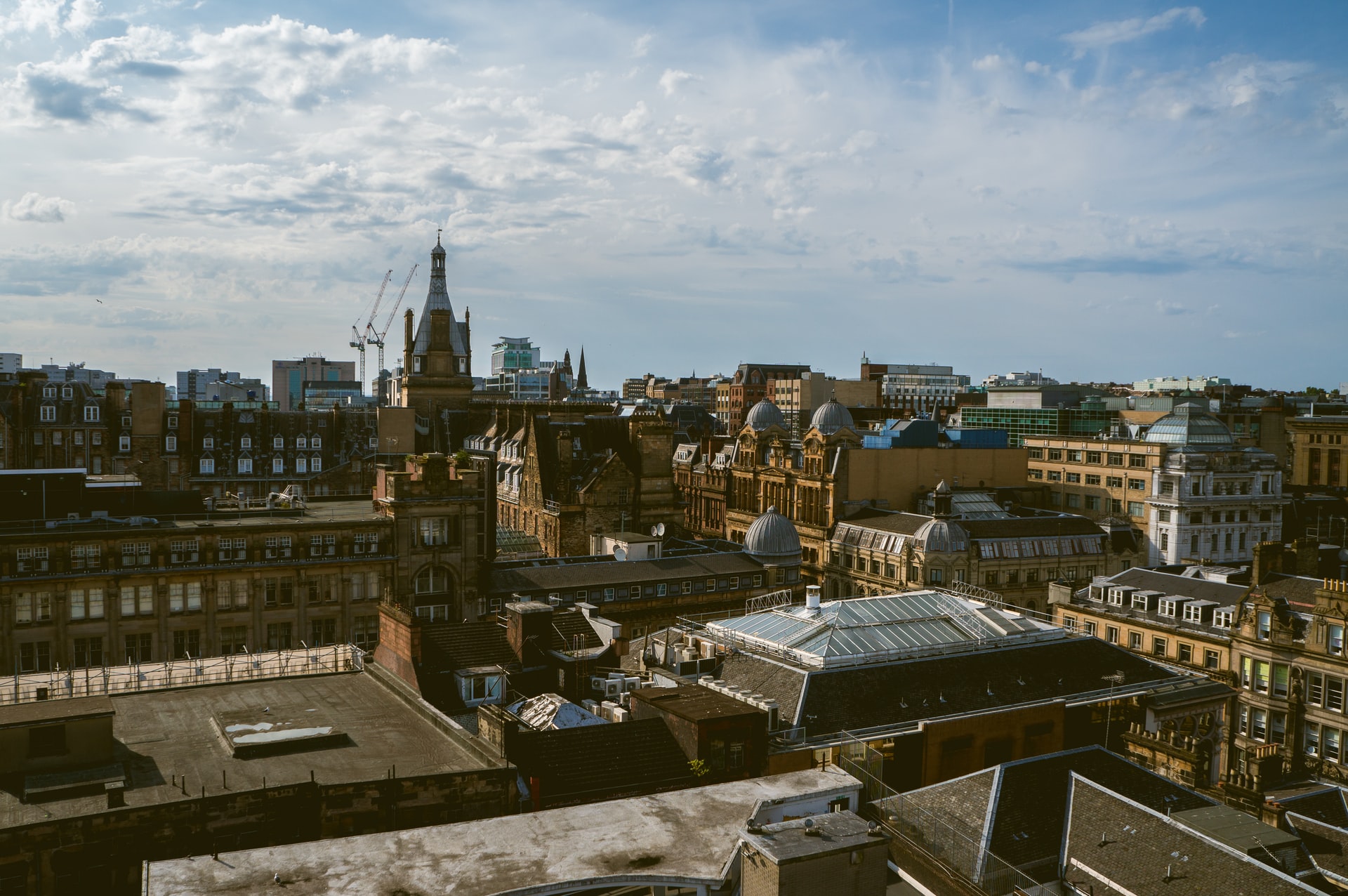
The largest city in Scotland and the third-largest city in the UK has changed significantly over the past decade. Glasgow was once an abandoned industrial centre, but now it is one of the trendiest destinations for ex-pats in the UK. The vibrant city centre is filled with architectural gems showcasing Glasgow’s heritage, while the modern River Clyde district looks to the future. The large student population and friendly locals make Glasgow a great place to live with great dining, shopping and parties. In 2008, Lonely Planet named Glasgow one of the top 10 cities for tourists. In the same year, Glasgow was ranked among the 50 safest cities globally in the Mercer Quality of Life Review.
The West End area of Glasgow is popular with both students and young professionals, and in the centre, you will find a mix of modern and traditional homes. More affordable is the promising Royal Park area south of the city centre. Dubbed a Clockwork Orange, the city’s quirky metro system makes getting around easier. Just 30 km outside the city are scenic Loch Lomond and The Trossachs National Park.
The city’s main municipal library, the Mitchell Library, has grown to become one of the largest public reference libraries in Europe, currently holding about 1.3 million books, an extensive newspaper collection and thousands of photographs and maps. The Academic Library of the University of Glasgow was founded in the 15th century and is one of the oldest and largest libraries in Europe with unique and distinctive collections of publications of international status. Glasgow has the largest economy in Scotland. The city is currently one of the sixteen largest financial centres in Europe, with a growing number of blue-chip financial sector companies opening important operations or headquarters in the city.
The city’s main manufacturing industries include companies involved in shipbuilding, mechanical engineering, construction, brewing and distillation, printing and publishing and chemical and textile industries, as well as emerging industries such as optoelectronics, software development and biotechnology. Glasgow forms the western end of Scotland’s high-tech sector, home to consumer electronics companies such as RHA Technologies.
Bristol
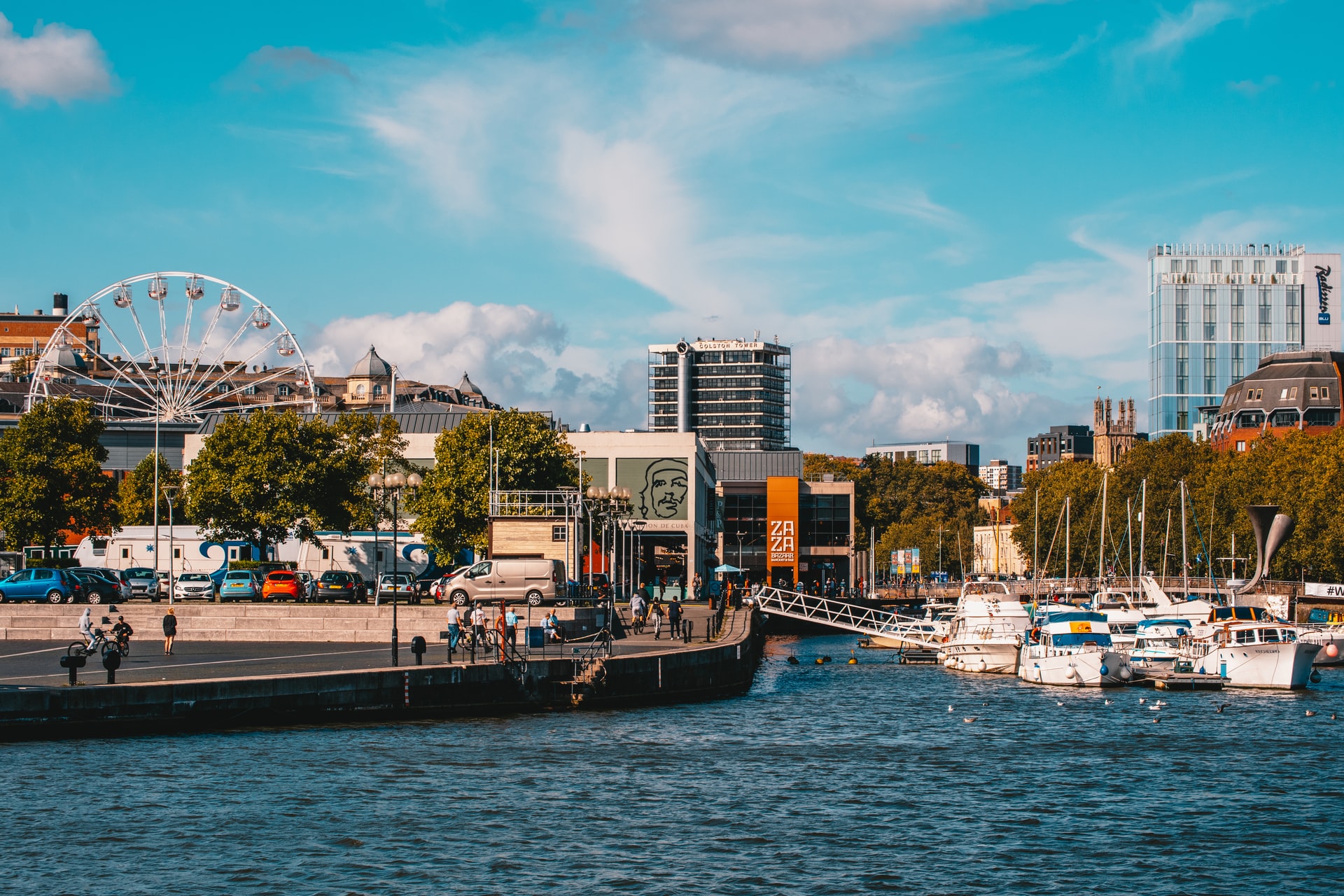
The port city is gradually becoming one of the most popular cities in the UK for living. In the growing metropolis, everyone will find something for themselves. It is the perfect place to live if you want to explore the Western Country. From here, you can enjoy everything from extensive surfing beaches to picturesque fishing villages. If you want to be in the centre of the action, living in downtown Bristol often means harbour homes built in former shipyards. The trendy Montpelier district is a great place to stay if you are looking for a lively area. Clifton, west of the city, is the most exclusive part of the city and is popular with wealthy families looking for more space. Warwick Castle, Bath, Stonehenge, Cheddar Gorge and Longleat are all within easy reach.
It is rumoured that it was fishermen from Bristol who discovered America, having sailed to Canada long before Christopher Columbus. Bristol is a wealthy city. Its GDP per capita is £ 46,000 ($ 65,106, € 57,794), about 65 per cent above the national average. It is the third-largest city in England (after London and Nottingham) and the sixth-largest among the cities of United Kingdom (behind London, Edinburgh, Glasgow, Belfast and Nottingham).
The aerospace industry remains the biggest sector of the local economy. Major aerospace companies in Bristol include BAE Systems. Airbus and Rolls-Royce are also based in Filton, and aerospace engineering is an area of research at the University of the West of England. Another aviation company in the city is hot-air balloon manufacturer Cameron Balloons. Every August, the city hosts the Bristol International Balloon Festival, one of Europe’s largest balloon festivals.
Oxford
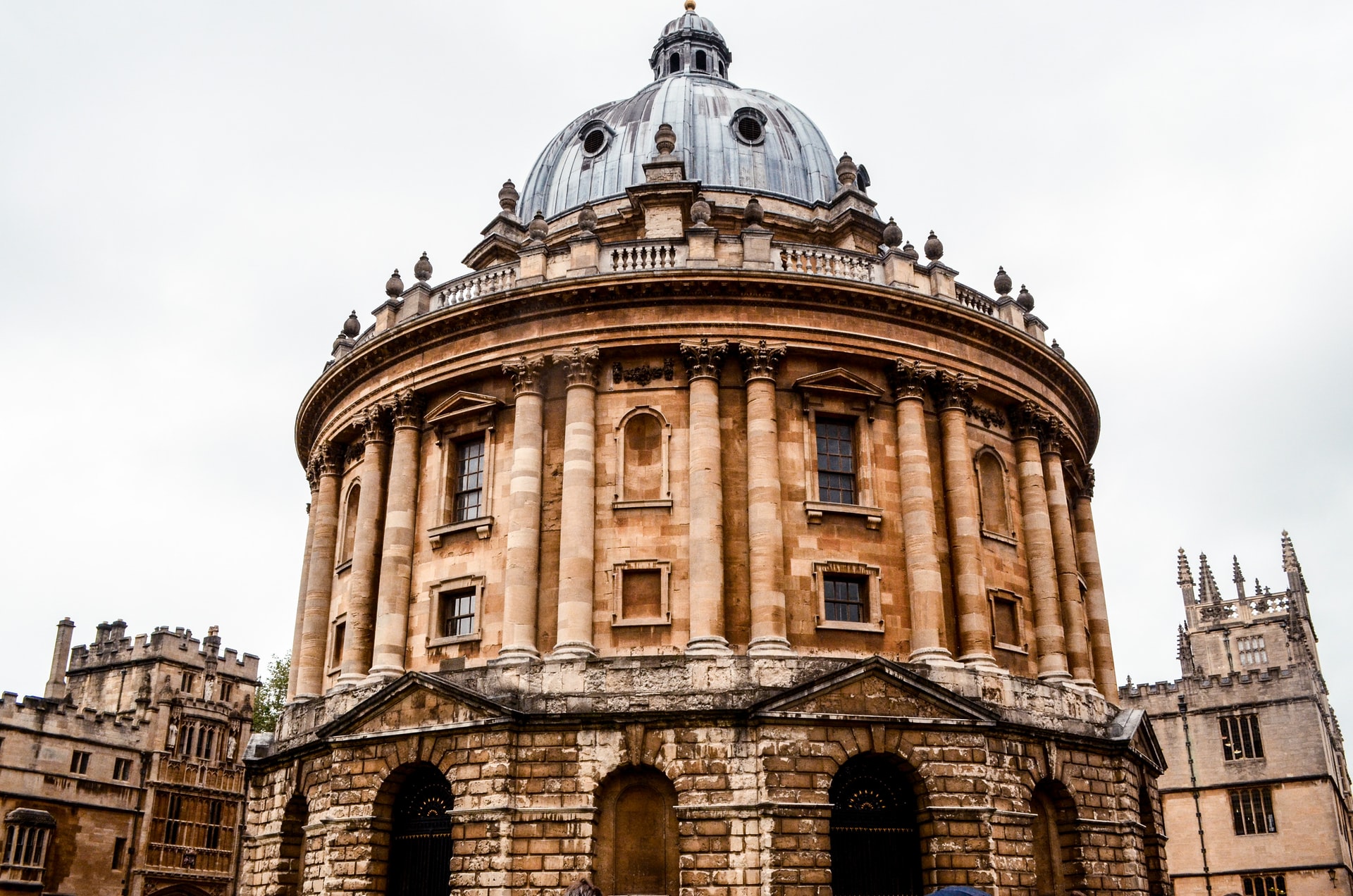
Located 90 km northwest of London on the banks of the Isis River (Thames). Oxford can be reached from London in 1.5 hours by train or car or in 2.5 hours by bus. The world-famous Oxford University is located here, which is the oldest university in England and the leading educational institution in the world. It hosts the best students from all over the world every year. There are over 50 Nobel laureates among its graduates. Thanks to its renowned university, Oxford remains one of the most prestigious places to live in the UK. Despite its relatively small size, Oxford impresses with the diversity of its neighbourhoods. From the cosy cafes of bohemian Jericho to the chic streets of family-beloved Headington, the whole city is imbued with atmosphere. Not far, in the West of Oxford, there is the picturesque Cotswolds Hills, covering more than 2,000 square kilometres. The Cotswolds are a great place to stay if you are looking for a slice of English rural life in close proximity to Oxford and its city attractions. Typical villages with many stone houses are scattered around. The city’s population is about 154,000 people, of which about 42,000 sare university students. The city is well suited for those seeking an immersion in learning and research. Most of the population is employed in education and tourism.
Oxford is the UK’s largest publishing centre outside London. More than 100 publishing enterprises are operating in the city, providing more than 3,500 jobs.
Digital and creative (including publishing): About 21,000 people work in digital sectors in Oxfordshire. Larger companies in this sector include Sharp Laboratories of Europe, Oxford Instruments, Sophos and Nominet. Oxfordshire has some 3,000 creative and digital businesses, generating around £ 1.4 billion a year. Notable sub-sectors include cybersecurity, big data/high-performance computing, digital publishing and the gaming industry.
Biotechnology: Oxford is a major hospital training centre and home to a group of emergency and specialised healthcare organisations, which together employ about 14,000 people or 13 per cent of the total workforce. These organisations are closely related to health research conducted at universities.
The BMW Mini is also produced here.
Cardiff
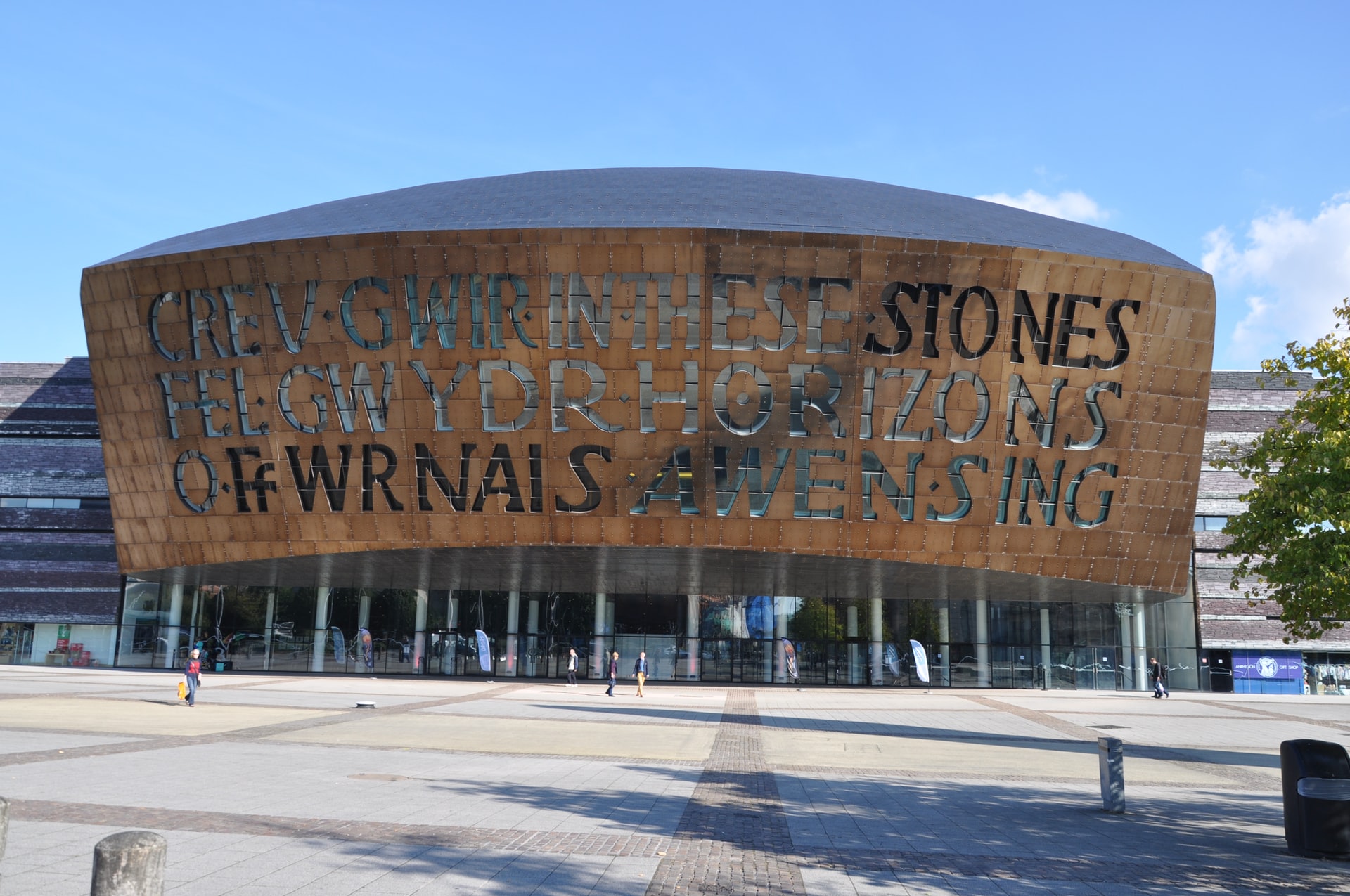
The capital of Wales is a city undergoing a renaissance of sorts. Every year, the city becomes more and more attractive for ex-pats arriving in the UK. Shopping streets stretch from Cardiff Castle In the city centre. Also in the centre is the Millennium Stadium, a sports arena where you can watch the national rugby team. Cardiff is the capital of Wales and is one of the most affordable places to live. The city’s compact nature means it is easy to navigate, which offers many opportunities. Leafy Pontcanna is popular with young professionals and families, and modern waterfront apartments can be found in Cardiff Bay. Cardiff is also great for outdoor activities, Brecon Beacons National Park is just short drive north.
Today, Cardiff is the main centre for financial and business services in Wales, and therefore financial and business services are widely represented in the local economy. The city recently ranked seventh on the list of the 50 best European cities in the 2008 ranking of future cities. It’s an extremely popular destination for tourists and, as a result, one in five employees in Cardiff works in the distribution, hospitality and catering sectors. Despite the fact that Cardiff is the capital of Wales, less than half of the city’s inhabitants speak Welsh.
Belfast
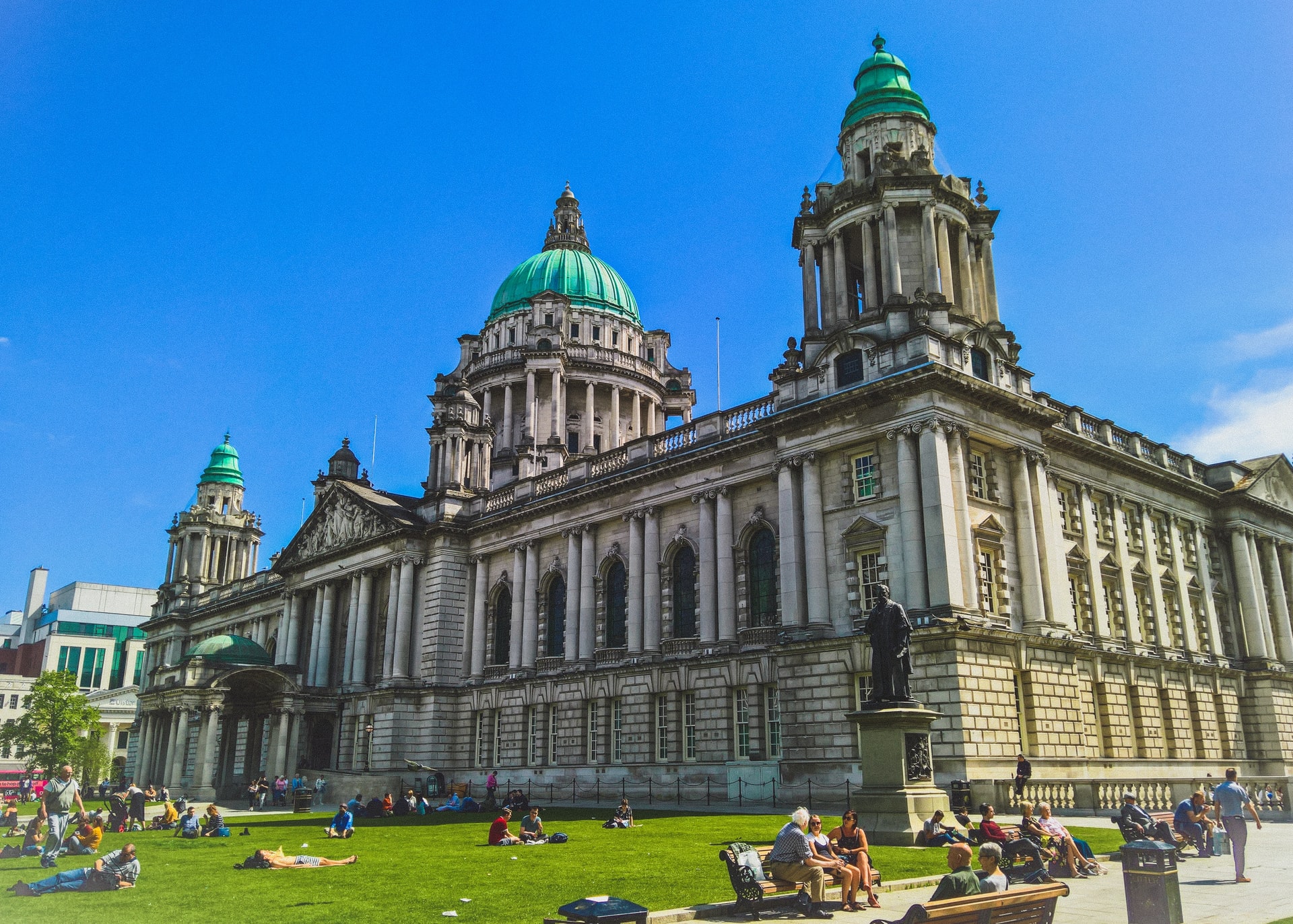
Belfast is the capital of Northern Ireland, a port city, and the Lonely Planet’s 2018 Best Trail of the Giants. Here, the famous Titanic was built, and the equally famous Game of Thrones was filmed.
The city is best known for the Northern Ireland Conflict (the confrontation between Catholics and Protestants), during which more than three thousand people died in 40 years. The peace agreement was signed in 1998. Much has changed since then. Every citizen of Northern Ireland can get both British and Irish passports, but only 1/5 of the residents want to get an Irish passport. Most residents still consider themselves British. And with widespread globalisation and immigration, the city is no longer inhabited by either Protestants or Catholics. A great example of this is Rory McIlroy, a renowned golfer who plays for both Ireland and United Kingdom in world competitions.
Belfast is a very beautiful city that combines the modern centre and medieval architecture, surrounded by mountains and it has more than 40 public parks. The Botanical Garden in the Royal Quarter is one of the most beautiful in United Kingdom.
More than half a million inhabitants live in the city and its surroundings. By the standards of United Kingdom, it is a large city. Nevertheless, this is where the unemployment rate is lowest in both Northern Ireland and the UK. Belfast is also the fastest growing economy in the UK. Investors are not afraid to invest big money here and foreign companies open new enterprises.
Elton John, Van Morrison, U2, Snow Patrol and many others dedicated songs to Belfast.
Brighton
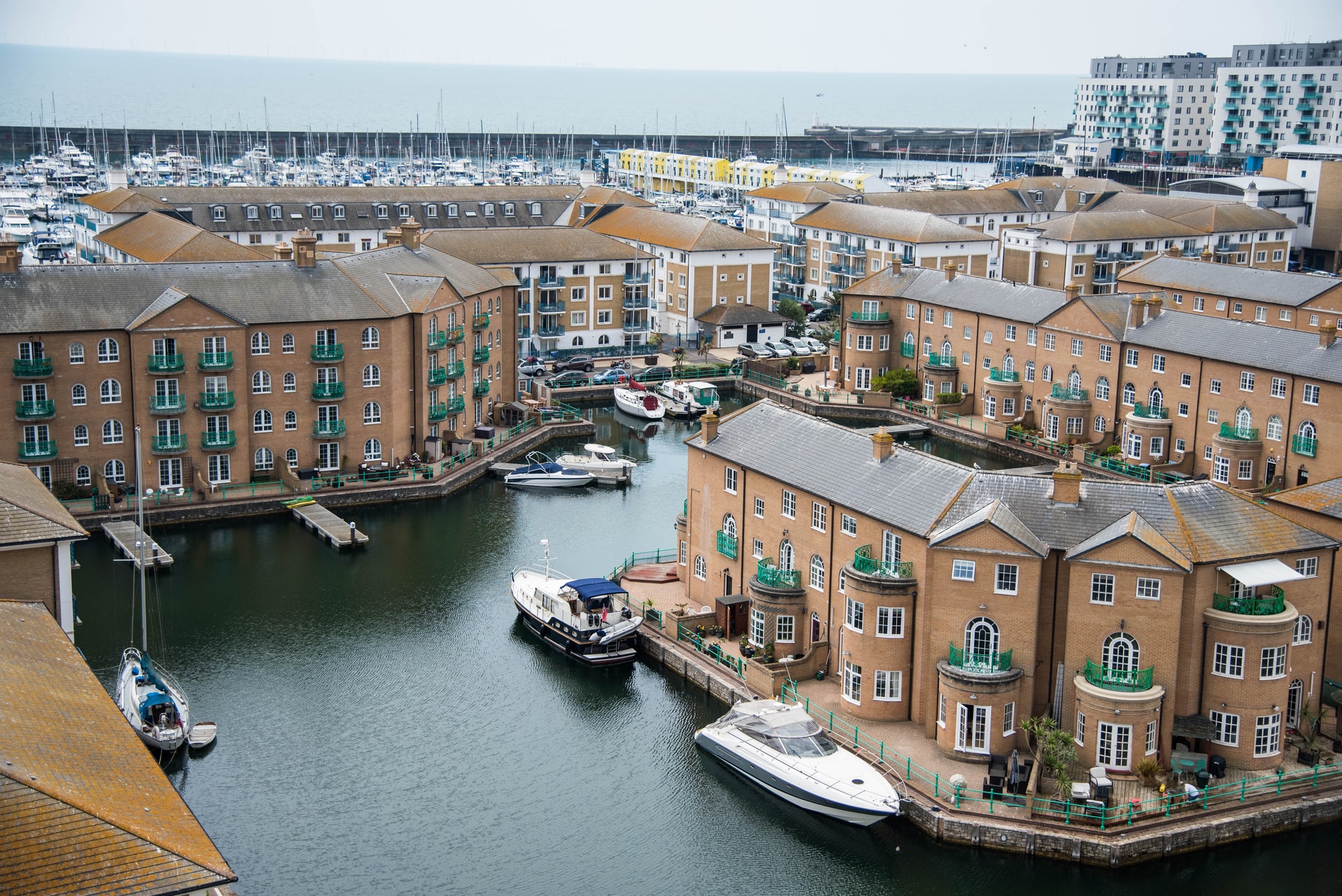
This bustling resort town on the south coast of England has something for everyone. Brighton has a lot to see and do, from the eclectic streets of the bohemian North Line to the elegant waterfront regency houses. The beach and pier are favourite family destinations, while the city is also home to one of the UK’s largest LGBTQ communities (and the unofficial LGBT capital). Brighton even has a local Premier League football club. The proximity to the capital often leads to Brighton being called “London by the sea”. However, it has a lot to offer its residents. It is known as the green capital of Britain, and its ecology is in a much better position than in other cities. More than half of the residents support the Green Party. From liberal Kemp Town to the cosy hillside area of Hanover, every area of the city is surprisingly unique. Brighton has the second-highest home values after London. Affordable housing is hard to find but can be found further west, easily accessible by local trains and buses.
In 2019, Brighton topped the list of the happiest places to live and work. According to a CV Library study, over 86 per cent of residents said they feel happy every day.
Leeds
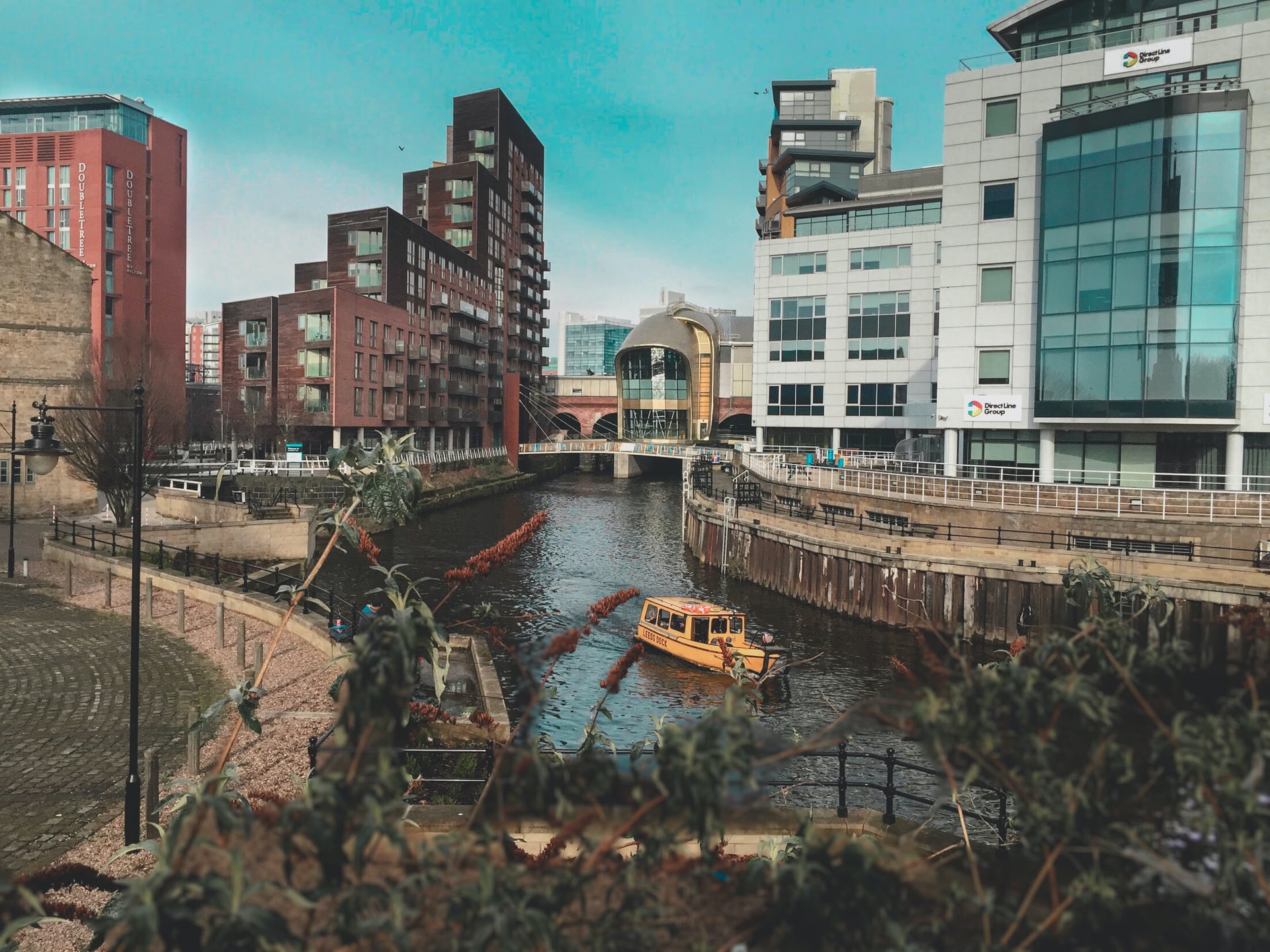
The largest city in the Yorkshire region, a former mill town, is now a young student city with great shopping and leisure facilities, such as museums, galleries and parks, world-renowned universities and the Yorkshire Dales National Park. The city is one of the largest industrial, commercial and financial centres in Northern England. Many bars and pubs can be found in the Briggate area, Exchange Quarter and Assembly Street. Young professionals will love the youthful atmosphere of Headingley and Chapel Allerton. In addition, Roundhay is popular with families. The area is home to the extensive Roundhay Park, which stretches to the north.
The financial and services industry in Leeds is valued at £ 2.1 billion, ranking fifth in the UK after London, Edinburgh, Manchester and Birmingham.
Key sectors include finance, retail, leisure and hospitality, construction, manufacturing and the creative and digital industries. It has one of the most diversified economies of any major employment centre in the UK and has the highest private-sector job growth of any UK city.
Today, Leeds has become the largest legal and financial centre outside London, with the financial and insurance industry contributing £ 13 billion to the city’s economy.
There are over 30 national and international banks in Leeds. Leeds is the third-largest manufacturing centre in the UK and 50 per cent of the UK manufacturing base.
Reading
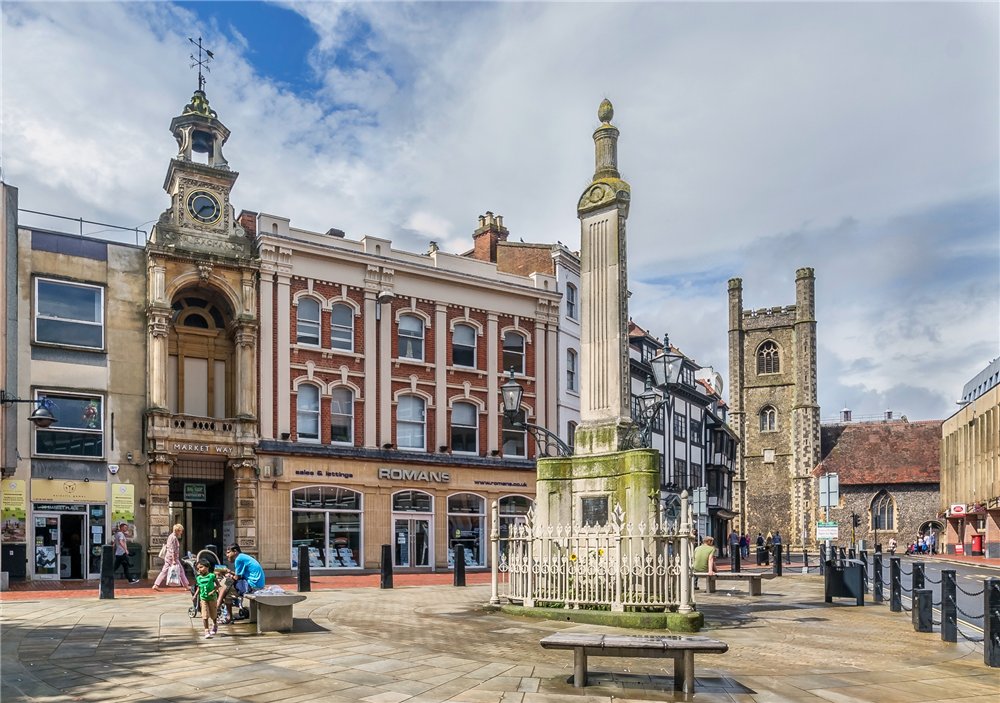
Reading, located in the heart of the green Thames Valley, is an increasingly popular option for ex-pats moving to the UK. The former industrial city has been transformed into a vibrant shopping and leisure centre. This makes it popular with couples. Reading is just 20 minutes by train from central London. Accommodation prices in Reading are generally more affordable than in London, including trendy Windsor and exclusive Ascot. However, the area has excellent connections to central London and offers excellent outdoor activities, such as rowing and cycling. This makes the Thames Valley a good alternative for ex-pats looking to escape London’s crowds for a quieter environment. About 65 per cent of Reading’s population is native British. Reading has a significant Polish community and the population speaks over 150 languages.
Microsoft, Oracle and Hibu (formerly the Yell Group) have offices in Reading. Other technology companies with a significant presence in the city include Huawei Technologies, Pegasystems, Access IS, CGI Inc, Agilent Technologies, Cisco, Ericsson, Symantec, Verizon Business and Commvault.
Cambridge
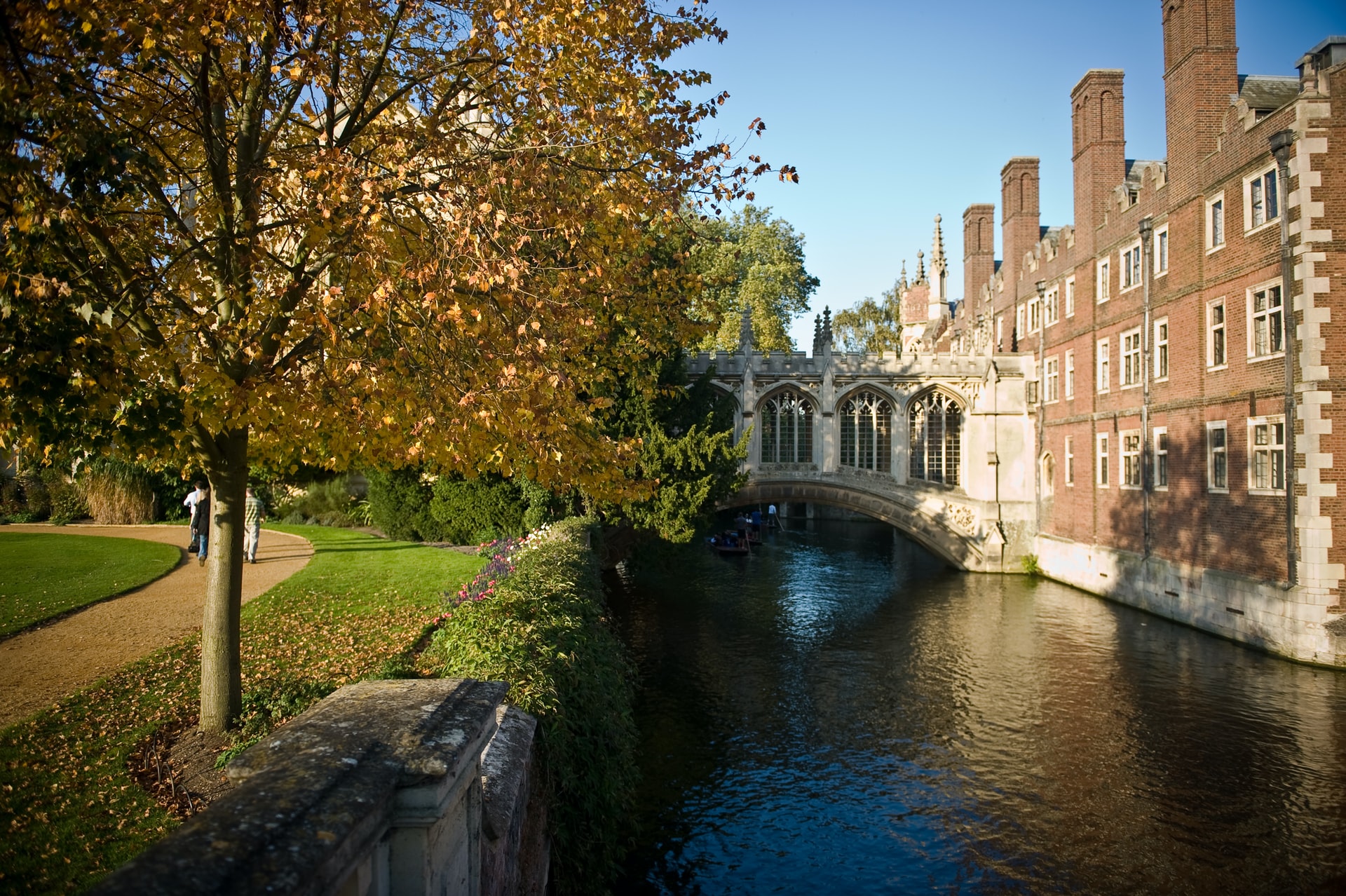
Cambridge is a university city located in United Kingdom on the Cam River, 80 km northeast of London in Cambridgeshire. Best known for its university, which is one of the oldest and most prestigious educational institutions in the world, as well as a rival to Oxford. Cambridge, like Oxford, grew out of an association of scholars who settled in one place and founded colleges. The University of Cambridge has graduated about 100 Nobel laureates. The city has a great historical atmosphere, stunning Gothic architecture and a high concentration of historic buildings and colleges. The rhythm in the city is calmer, imbued with the spirit of learning. However, it is a lively place full of fascinating museums and galleries, theatres and pubs. The city has established itself as a modern centre of innovation. Cambridge is called the English Silicon Valley: the widest variety of research and scientific centres are located here, including the Microsoft research centre, business incubators, science parks, and Cambridge Science Park ― the largest in Europe.
Most of the centre of Cambridge is a pedestrian zone and belongs to the university. Some of the buildings here date from the 12th or 13th century and are not for sale.
The Newtown quarter is considered prestigious, located in the Trumpington area, south of the centre of Cambridge. Here you can see Victorian and Georgian mansions in fenced, green areas. The demand for family homes in Cambridge is huge: the southern part of the city is especially popular, due to its convenient location relative to London and a wide selection of schools. Most of the new developments are also south of the centre, next to the train station that links Cambridge to London. Cambridge’s small houses and apartments are located in the popular Mill Road district, lined with students. However, the demand for apartments in this area also exceeds supply due to the area’s central location.
Prices are more reasonable for families in the Cambridge suburbs. Cherry Hinton, southeast of town, might be a good starting point for your search, for example. Areas north of Cambridge are also popular and accessible, such as Chesterton and Arbury, close to Cambridge Business Park and within walking distance of the Cam River.
Today, Cambridge has a diverse economy with strengths in research and development, software consulting, high-margin engineering, creative industries, pharmaceuticals and tourism. In 2010, Forbes magazine named it one of the “most beautiful cities in the world”, and the chairman of the National Endowment, Simon Jenkins, named it one of the 10 greatest cities in England. Tourism brings in over £ 750 million To the city’s economy.
Nottingham
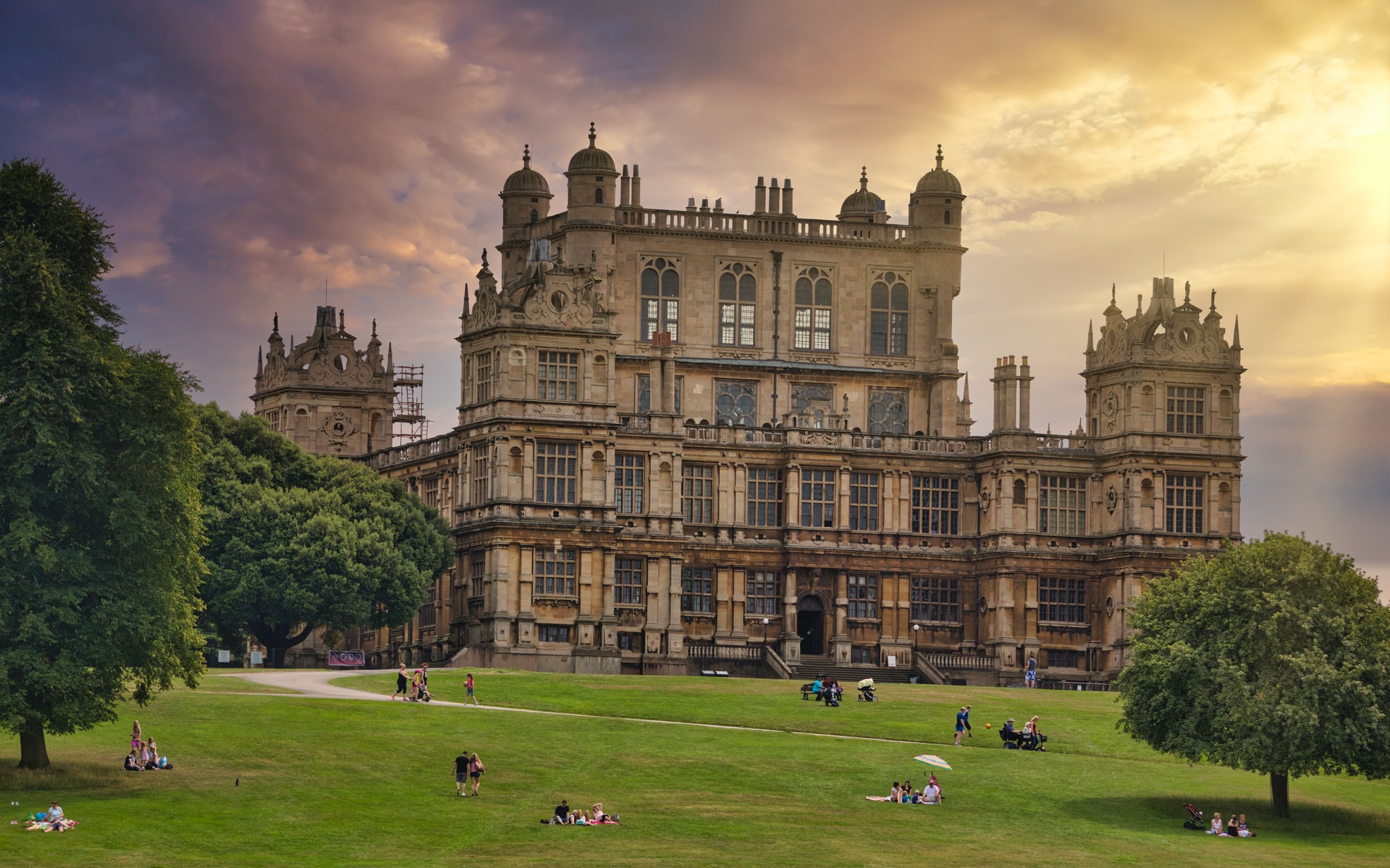
The city is located in Central England on the Trent River, 206 km north of London, 72 km northeast of Birmingham and 90 km southeast of Manchester. Nottingham is surrounded by low hills and is bordered by Sherwood Forest. The old town of Nottingham has beautiful architectural sites from different historical periods. Many historical and cultural attractions can be found here, from Nottingham Castle (along with the famous statue of Robin Hood) to the oldest pub in England. With a wide selection of nightlife bars, clubs and restaurants, people travel from all over the UK to enjoy Nottingham’s nightlife. The city has plenty to do and is full of museums, as well as major shopping malls, theatres, galleries and music and entertainment venues.
As in the previous cities, Nottingham is home to a large number of international students. An international approach to higher education distinguishes the University of Nottingham. It has branches in Malaysia and China and is distinguished by high marks in the rankings. The rent and living costs are relatively low compared to other student cities in the UK, such as Manchester and London.
Nottingham is also known as a major sports centre and is home to two football teams, Nottingham Forest and Notts County, and a top-notch cricket club. Several leading businesses operate in Nottingham, with Speedo, Boots, Siemens, and Capital One establishing their headquarters here. The city also has a developed branch of biological sciences, in which many graduates start working every year. Other thriving industries in Nottingham include textiles, manufacturing, retail and pharmaceuticals, which are also home to Nottingham’s graduates.
Coventry
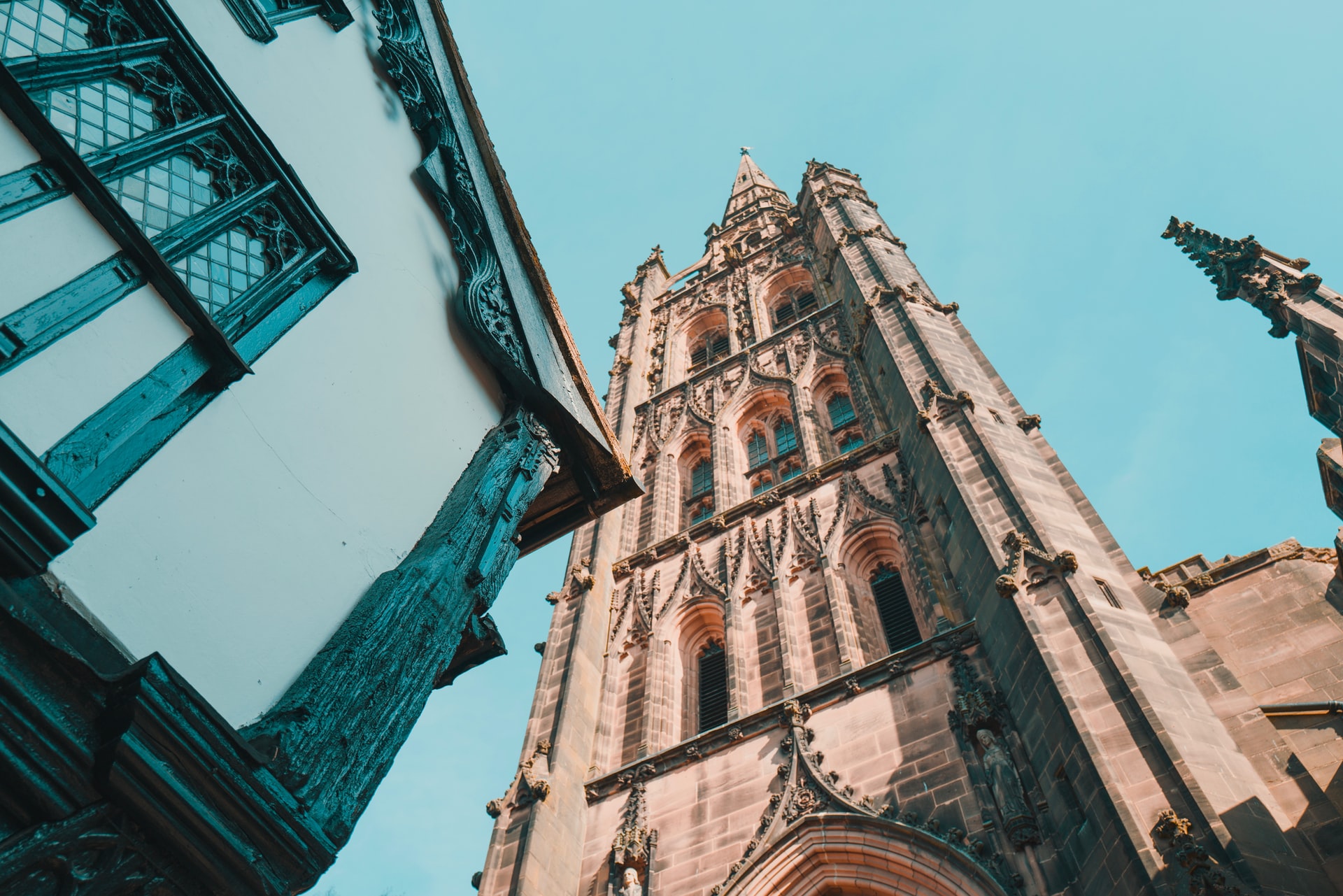
Coventry, located in the West Midlands of England, is home to the University of Coventry (ranked among the top 600 globally) and the University of Warwick (a huge campus located south of the city by the sea). The city has been a leader in manufacturing and design for many years, thanks to Coventry University, one of the few institutions offering a course in automotive design. The University of Warwick has a centre for supporting innovative collaboration between academia and industry (Warwick Manufacturing Group) and offers several undergraduate and graduate programs. The University of Warwick Arts Centre, which houses various performance rooms, galleries and a cinema, is one of the largest arts centres in the UK. Coventry has been honoured as the UK’s 2021 City of Culture.
Aberdeen
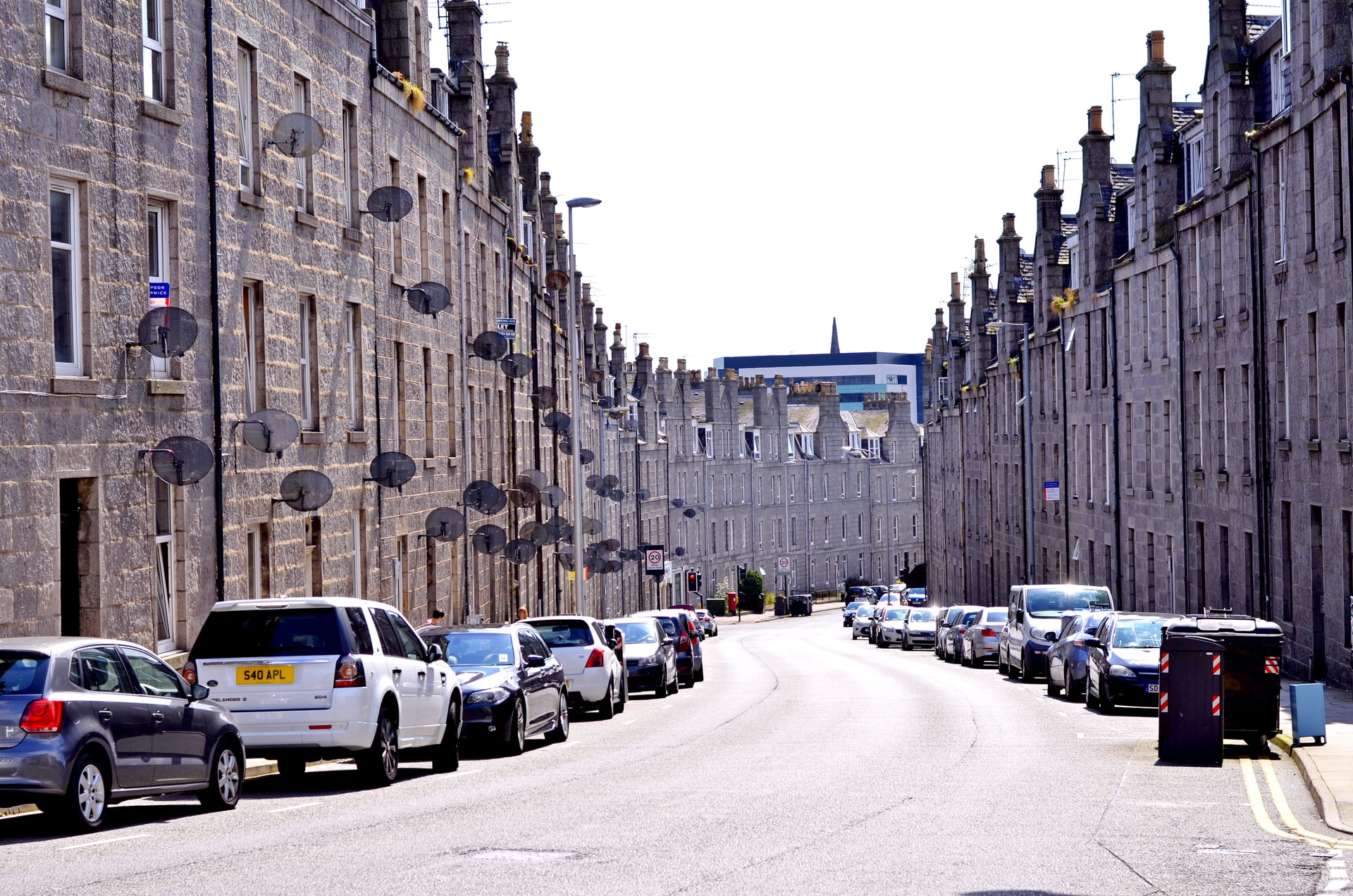
Aberdeen is a historic port city, the third-largest city in Scotland after Glasgow and Edinburgh. Aberdeen is often considered one of the UK’s most livable cities, and although colder than the rest of the UK, it is also one of the sunniest cities in Scotland. Compared to other UK cities such as London and Brighton, Aberdeen has a low cost of living. It’s a city with vibrant nightlife and one of only two places in Scotland to be awarded the Purple Flag, a testament to the city’s exciting, varied and safe nightlife. In addition to nightlife, there are also museums, theatres, festivals and galleries. Aberdeen is the educational centre of the northeast of Scotland. The University of Aberdeen was founded in 1495 and is the third oldest university in Scotland. There are many opportunities for students and alumni to find work in Aberdeen. The city has been praised for its thriving economy, with Paymentsense recently naming Aberdeen the best place in the UK to start a new business thanks to its strong roots in fisheries, textiles and shipbuilding.
Newcastle
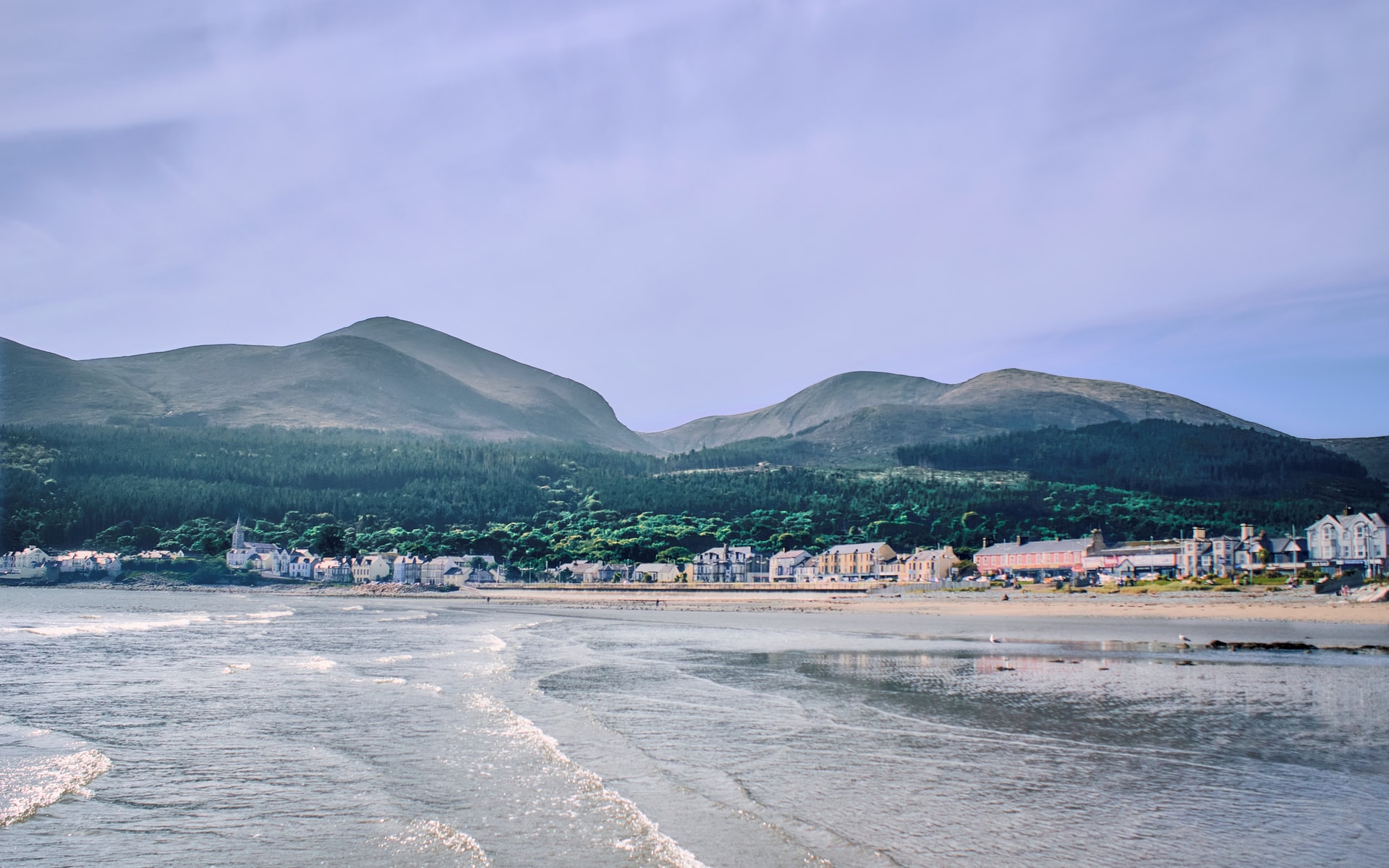
The largest city in the northeast of England, located on the north bank of the River Tyne, 400 km north of London. Named after a Norman castle in the city centre, the city’s history spans from the Roman period to when it was an important industrial centre for coal mining, engineering and shipping in the 19th century.
The thriving Quayside Cultural centre (the banks of the River Tyne) is home to various restaurants, bars, nightclubs and public spaces. The city also hosts the world’s largest half marathon, the Great North Run, every year.
Durham University is a member of the prestigious Russell Group (an association of leading research universities). In the city centre are the University of Newcastle and the University of Northumbria.
The state and local governments, educational institutions, retail and retail enterprises, accommodation facilities, transport companies, public catering companies, investment and financial companies and banks account for about 90 per cent of the jobs.


